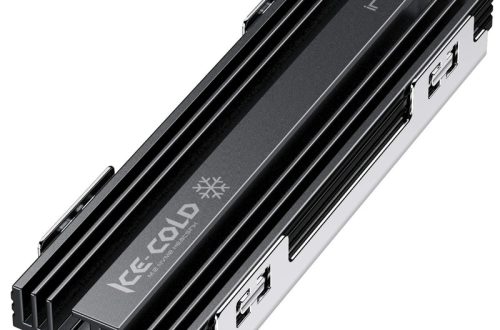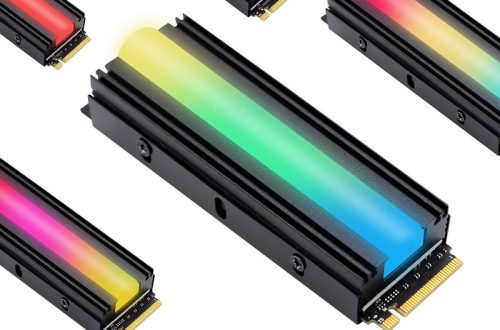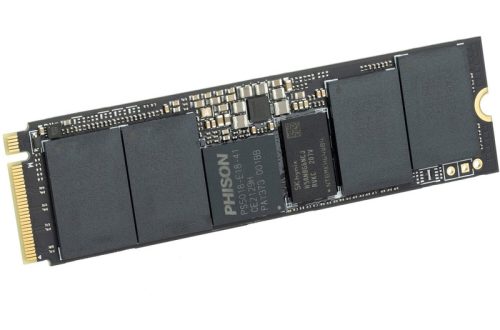The Central Role of CPUs in Modern Computing
Central Processing Units (CPUs) serve as the brain of computer systems. They perform millions of calculations and tasks. Every application, game, and operating system relies on the CPU for core operations. The CPU interprets instructions, processes data, and sends signals to other hardware components, coordinating the entire cpu function.
In technical terms, the CPU functions by executing a sequence of stored instructions called a program. This operation happens in cycles of fetching, decoding, and executing instructions. Modern CPUs handle vast numbers of operations at incredible speeds, measured in gigahertz (GHz).
CPUs have evolved significantly from their early days. They once were stand-alone towers known as mainframes. Today, CPUs are microprocessors, compact enough to fit in handheld devices yet powerful enough to run complex software.
Moreover, modern CPUs are not limited to a single core. Many have multiple cores, enhancing their ability to perform several tasks at once. This capability has paved the way for multitasking, allowing users to smoothly operate several applications simultaneously.
The advancement of CPU technology has been a cornerstone of the digital revolution. It has led to the production of more efficient, faster, and smarter devices. Due to their central role in computing, CPUs continue to push the boundaries of what computers can achieve.
Key Components of a CPU
Every CPU is made up of several key components that work together to process data and execute instructions. These components include:
Arithmetic Logic Unit (ALU)
The ALU performs all arithmetic and logical operations. It handles tasks like addition, subtraction, and logical comparisons, forming the core of the CPU’s processing power.

Control Unit (CU)
The CU retrieves instructions from the computer’s memory, decodes them, and controls the other parts of the CPU to execute these instructions. It acts as the conductor, orchestrating the flow of data within the CPU.
Registers and Caches
Registers are small, high-speed storage locations that hold data and instructions temporarily. Caches are slightly larger storage areas that store frequently used data to speed up processing by reducing access time to the main memory.
Bus Interface Unit (BIU)
The BIU connects the CPU with the external environment, such as the computer’s memory, input/output devices, and other peripherals. It manages the data flow between the CPU and the system’s memory.
Instruction Decoder and Clock
The instruction decoder translates the fetched instructions into signals that the CPU can understand and act upon. The clock synchronizes the timing of all CPU operations, ensuring that tasks are executed in the correct sequence.
Pipeline and Floating-Point Unit (FPU)
The pipeline allows the CPU to perform multiple operations simultaneously, increasing efficiency. The FPU is specialized for handling complex mathematical tasks, such as operations with decimal points, improving the CPU’s ability to perform calculations.
Core Functions Performed by a CPU
A CPU carries out essential operations that drive a computer’s functionality. Its core functions are critical for overall performance. Here, we explore these functions in detail.
Instruction Fetching, Decoding, and Execution
The CPU begins its task by fetching instructions from the system’s memory. It then decodes these instructions to understand the required action. Finally, it executes the instructions, performing the needed operations.
Register Management
Registers are small storage areas in the CPU. They hold data temporarily during execution. The CPU manages these registers for efficient data processing.
Program Flow Control
The CPU directs the sequence of operations. It makes decisions on what instruction should come next based on the current program state.

Interrupt Handling
Interrupts are signals that prompt the CPU to pause current tasks. The CPU function responds to these signals, processes them, and resumes its previous tasks afterward.
Cache Management
To speed up data access, CPUs use caches. They store frequently used data. The CPU manages cache contents to ensure quick retrieval of this data.
I/O Operations and Peripheral Communication
The CPU communicates with external devices like keyboards and printers. It oversees data transfer between these devices and the computer’s memory.
Enhancing CPU Performance
To maximize the capabilities of a CPU, several techniques have been developed. These enhancements are crucial for running complex applications and multitasking without lag.
Virtual Memory Management
Virtual Memory Management allows a CPU to use hard drive space as extra RAM. This effectively increases the available memory, enabling the CPU to handle more tasks simultaneously.
Advanced Arithmetic and Logic Operations
Modern CPUs feature Advanced Arithmetic and Logic Units (ALU). These units perform calculations and logic operations much faster. They support complex tasks like 3D rendering and scientific simulations.
Hyperthreading and Multicore Processing
Hyperthreading technology allows a single CPU core to handle multiple threads at once. This can double the processing power of a core. Multicore processors, with several cores on a single chip, can run many processes in parallel. This drastically increases overall performance and speed.
These improvements in CPU function technology enhance how we use computers today. From faster data analysis to smooth gaming, these advancements play a vital role in the computing experience.
Interaction with Other Computer Components
The CPU is a crucial component in a computer system, but it doesn’t work alone. It continuously interacts with other components to function effectively. Below are the ways a CPU communicates and orchestrates a seamless operation within the computer.
Communicating with Memory and Storage
A CPU needs to access data and instructions stored in memory and storage devices. To do this, it uses a
system bus to transfer data between its own caches and the computer’s main memory, often referred to as RAM. The high-speed nature of modern CPUs necessitates quick retrieval of data, which is where the memory management unit (MMU) becomes critical. It ensures that data is fetched from the correct memory addresses and helps translate virtual memory addresses into physical ones. Storage devices, like hard drives and SSDs, also interact with the CPU via various input/output interfaces to read or write data. These interactions are orchestrated by the CPU to ensure data is available when needed.

Coordinating with Input/Output Devices
Besides memory and storage, the CPU also communicates with a wide array of input and output devices, from keyboards and mice to printers and displays. This coordination is achieved through the control unit (CU), which manages the CPU’s interaction with these peripherals, often through an I/O controller. Each device sends interrupts to the CPU, alerting it to new input or output tasks that need to be processed. By managing these signals and tasks, the CPU ensures that user inputs are recognized and processed in real-time, while output is delivered correctly and promptly, providing a smooth user experience.
The Evolution of CPU Architecture
The ascent of CPU architecture mirrors the broader narrative of computer advancement. From the bulky and singular mainframes to today’s multi-threaded microprocessors, CPUs have undergone a dramatic transformation.
From Single-Core to Multicore Processors
Single-core processors were once the standard, where one core executed all tasks sequentially. As demands heightened, the single-core became a bottleneck, throttling the flow of computational progress. The introduction of multicore processors revolutionized this landscape. CPUs with multiple cores emerged, paralleling the human brain’s multitasking prowess. These multicore wonders accelerated computational speeds, allowing simultaneous processing of diverse tasks.
The shift to multicore architecture has been catalytic. It unlocked new possibilities in computing, enabling intensive applications like video editing, 3D modeling, and large-scale data analysis to run smoothly. Smartphones, gaming consoles, and servers now wield multicore CPUs, harnessing parallel processing for efficiency and speed.
The Impact of Hyperthreading on Performance
Hyperthreading, or simultaneous multithreading, further compounds a CPU’s efficacy. It empowers a single core to manage multiple tasks as if it were two separate cores. This technology has been influential, particularly in environments where multitasking is pivotal.
Not only does hyperthreading improve resource utilization, but it also fosters a surge in throughput. Applications that support multithreading can tap into this enhanced capability to deliver brisker performance, even when burdened with multiple heavyweight tasks.
In totality, the evolution of CPU architecture is a testament to the relentless pace of technological innovation. It’s a journey from linear to dynamic, single to multiple, and from limited to boundless possibilities in the computing realm.





